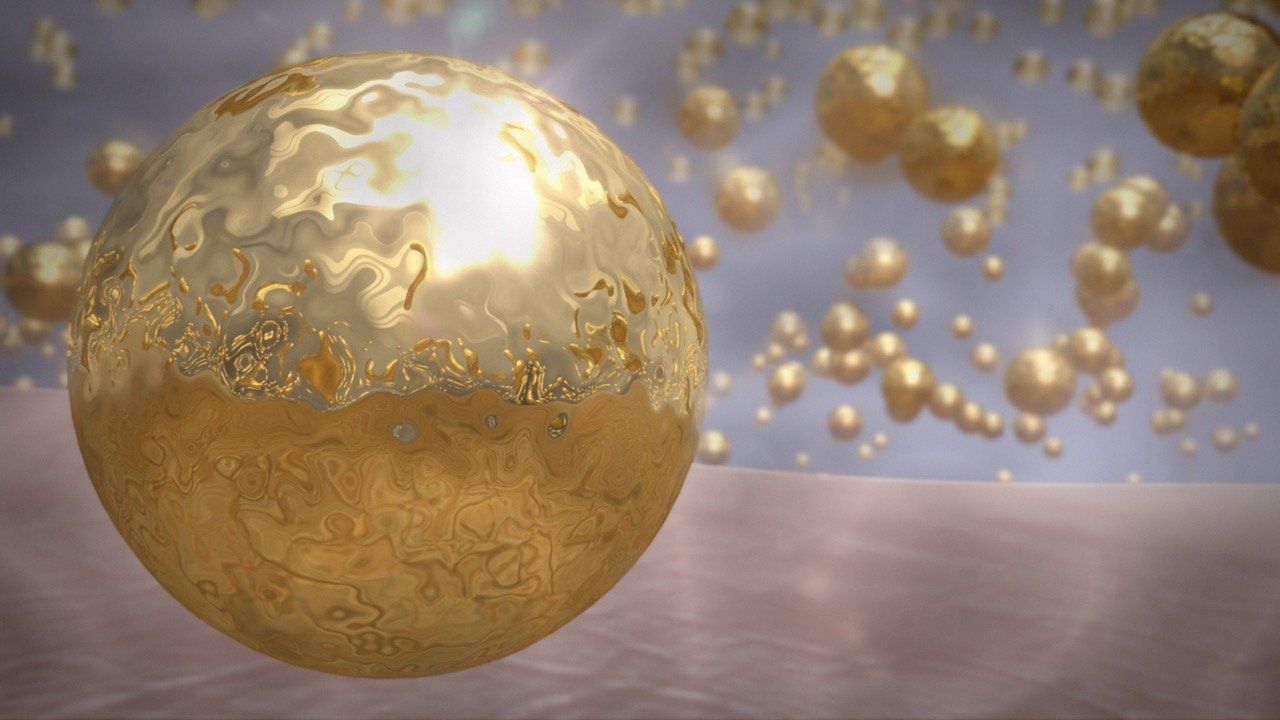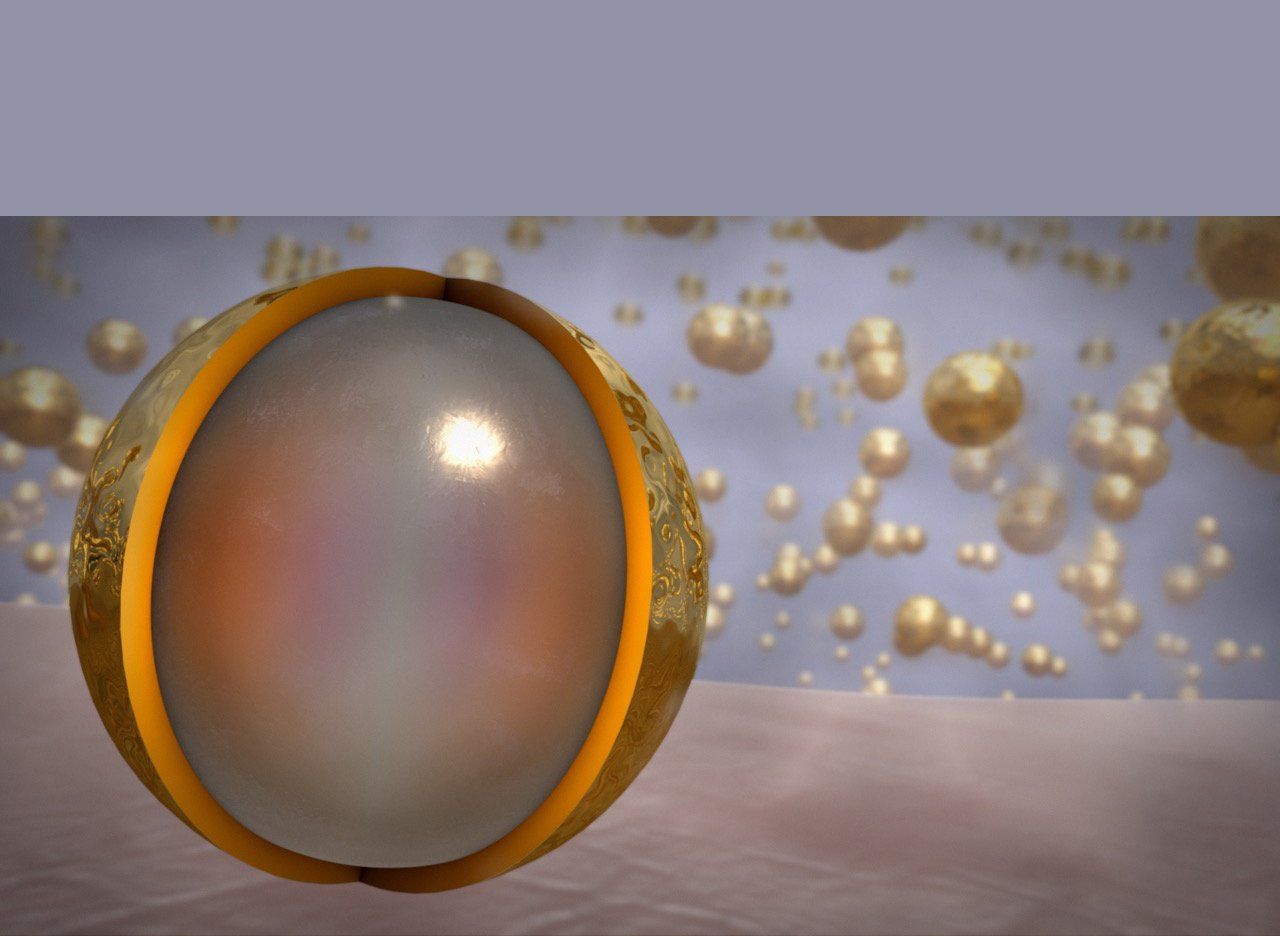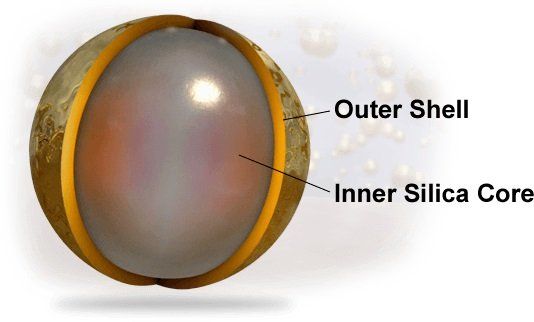- Acne
- Actinic Keratosis
- Aesthetics
- Alopecia
- Atopic Dermatitis
- Buy-and-Bill
- COVID-19
- Case-Based Roundtable
- Chronic Hand Eczema
- Chronic Spontaneous Urticaria
- Drug Watch
- Eczema
- General Dermatology
- Hidradenitis Suppurativa
- Melasma
- NP and PA
- Pediatric Dermatology
- Pigmentary Disorders
- Practice Management
- Precision Medicine and Biologics
- Prurigo Nodularis
- Psoriasis
- Psoriatic Arthritis
- Rare Disease
- Rosacea
- Skin Cancer
- Vitiligo
- Wound Care
Article
Gold microparticles zap sebaceous follicles
Author(s):
Selectively heating sebaceous follicles with topically-delivered light-absorbing gold microparticles is a safe and effective treatment for acne.

R. Rox Anderson, M.D.Selectively heating sebaceous follicles with topically-delivered light-absorbing gold microparticles is a safe and effective treatment for acne, according to an article1 published in April 2015 in the Journal of Investigative Dermatology. If approved by the FDA, the device could offer an in-office treatment alternative to acne patients’ daily use of pills and creams.
“Acne is definitely known to be a disorder of the sebaceous hair follicle. Yes, there’s a bacterium involved. And, yes, there are immunological responses, but we’ve always known that acne depends on having active sebaceous glands,” said the article's senior author R. Rox Anderson, M.D., professor of dermatology at Harvard Medical School.
The combination treatment of a topical suspension of light-absorbing microparticles and a dermatology laser is being developed by a company called Sebacia (Sebacia Inc.). Researchers are enrolling patients for a U.S. pivotal clinical trial to begin the device’s FDA approval process.


photo credits: Sebacia, Inc.
To a point, the concept is similar to laser hair removal. Heat from the laser destroys or disarms the follicle, said Dr. Anderson, who directs the lab at the Wellman Center for Photomedicine at Massachusetts General Hospital, which is credited with inventing laser hair removal in the 1990s.
Gold nano shells
But while brown or black hair has pigment that attracts light in a hair follicle, there’s no such target in sebaceous glands. Dr. Anderson and colleagues had to find something to put into the gland to allow the laser to heat and, potentially, destroy it. The solution? Gold nano shells, according to Dr. Anderson.
“These are made with a very thin layer of gold wrapped around a glass core. The structure absorbs more light than just about any other material,” he said.



photo credits: Sebacia, Inc.
The infrared wavelength used to heat the sebaceous gland is 800 nm - the same used in laser hair removal.
“That means the light source is already out there in medical use, all around the world. That’s an advantage, but it also means that some pigmented hair may also be removed during this treatment," Dr. Anderson said. He added that, for males with acne and a dark beard in the same area, hair removal could be an issue that dermatologists should consider.
A swine study showed that the concept worked. Two human studies conducted in Europe, of patients with moderate to severe facial acne, showed that treatment helps clear patients’ skin.



photo credits: Sebacia, Inc.
Each trial showed clinically and statistically significant improvement of inflammatory acne following three treatments, given one to two weeks apart, according to the paper. The second trial showed that inflammatory lesions were significantly reduced at 12 and 16 weeks, compared with control treatments. Results were seen as early as four weeks post-treatment.
Selective photothermoloysis
Histology studies suggested that the Sebacia treatment, a process called selective photothermolysis, selectively targeted sebaceous follicles and glands.
Treatment was well tolerated, with mild and transient redness and swelling after each procedure. By a month post-treatment, subjects had no gold particles remaining in their skin.



photo credits: Sebacia, Inc.
“My biggest worry [during the studies] was that we’d accidently tattoo people, which would be a show-stopper. Tattoos inks are also light-absorbing nanoparticles that lodge permanently in the skin,” Dr. Anderson said. “Fortunately this gland is programmed by nature to extrude itself onto the surface. What happens is the particles go in, the light is used to heat up the gland and then the debris is kind of spit out.”
When asked how he thinks selective photothermolysis compares to available acne therapies, Dr. Anderson said the process by Sebacia appears to be as effective as today’s most popular antibiotic and topical treatments but not as powerful as oral isotretinoin.
A major benefit of using the device to combat acne is it’s not a drug and, if the next studies pan out, it will have long-lasting benefit for acne sufferers.
“What we’re after is something that’s closer to a cure; meaning, you do a handful of treatments and then you have a long-term remission of your acne,” he said.
NEXT: References
Dr. Anderson has no relevant disclosures.
References:
1. Paithankar DY, Sakamoto FH, Farinelli WA, et al. Acne Treatment Based on Selective Photothermolysis of Sebaceous Follicles with Topically Delivered Light-Absorbing Gold Microparticles. J Invest Dermatol. 2015.
Newsletter
Like what you’re reading? Subscribe to Dermatology Times for weekly updates on therapies, innovations, and real-world practice tips.











